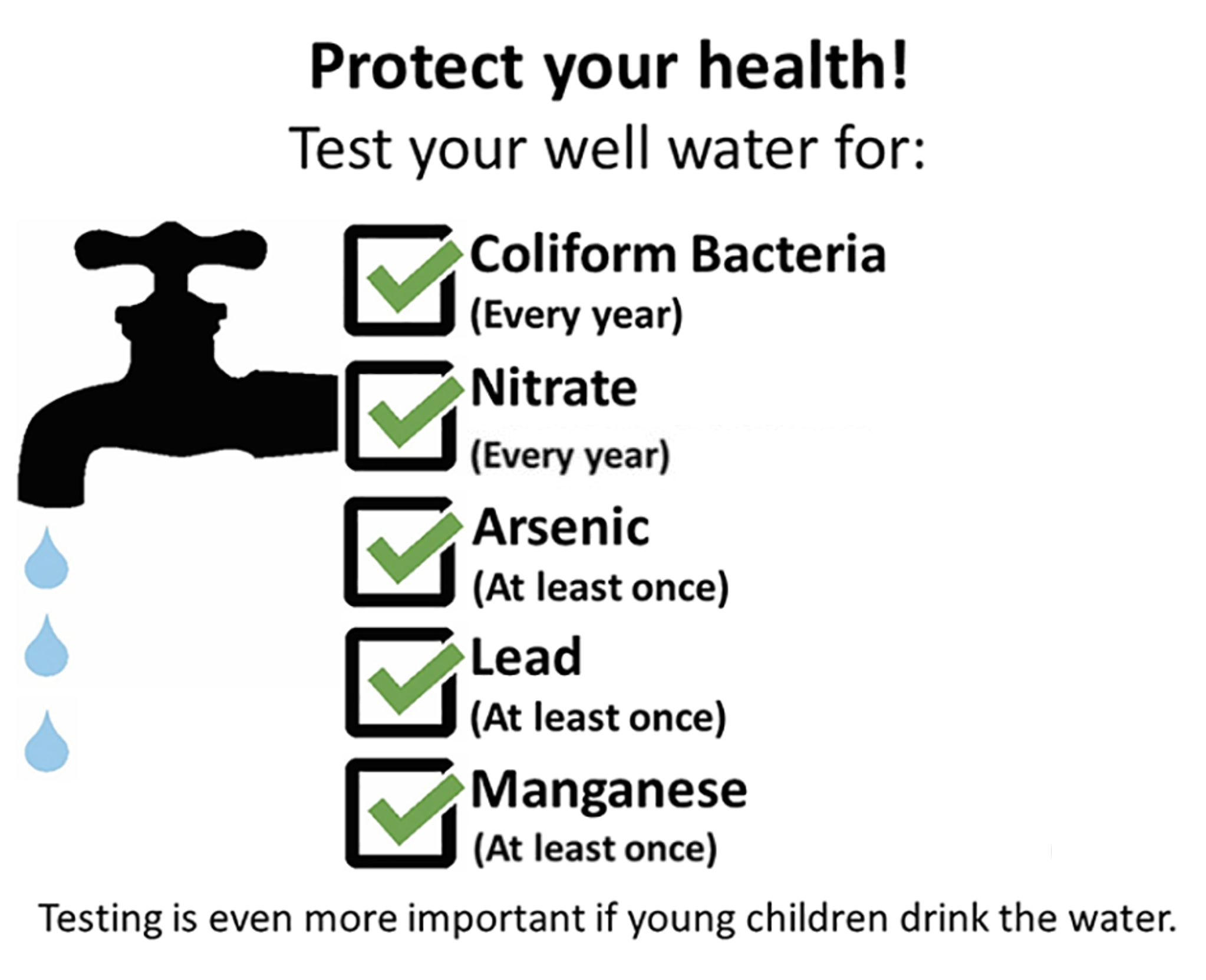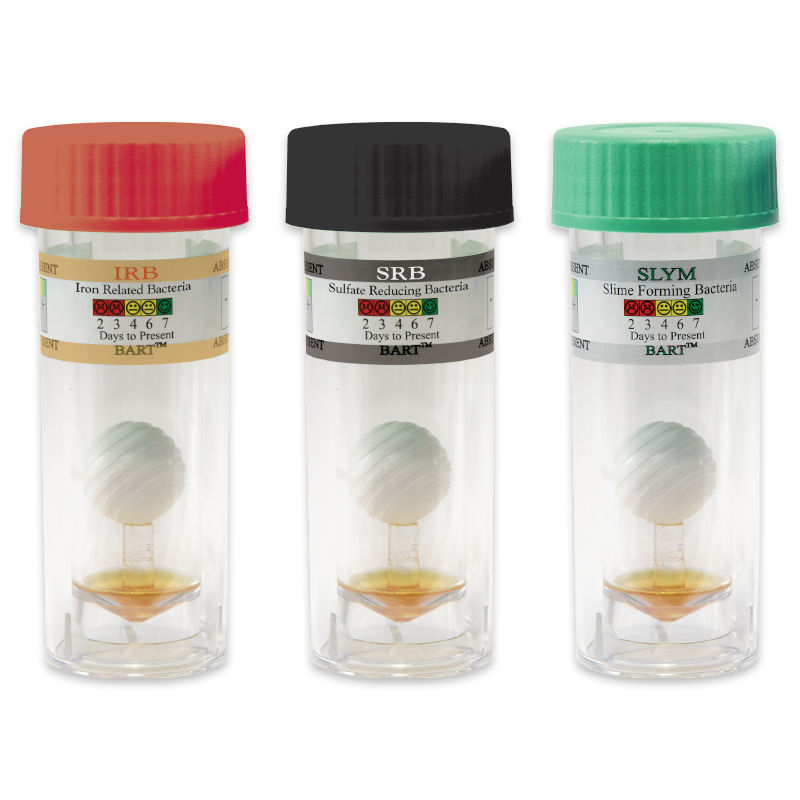Our Bacteria Testing Ideas
Wiki Article
7 Easy Facts About Bacteria Testing Explained
Table of ContentsMore About Bacteria Testing9 Easy Facts About Bacteria Testing DescribedThe Basic Principles Of Bacteria Testing The Only Guide to Bacteria TestingThe Single Strategy To Use For Bacteria TestingThe Greatest Guide To Bacteria Testing
Coliforms are bacteria that are always existing in the digestive system tracts of animals, including human beings, and are discovered in their wastes - Bacteria Testing. They are likewise found in plant and dirt material. Water air pollution brought on by fecal contamination is a significant problem as a result of the potential for contracting conditions from microorganisms (diseasecausing organisms)
Overall coliform counts offer a general indicator of the sanitary condition of a water system. include bacteria that are located in the soil, in water that has been affected by surface area water, and in human or animal waste. are the team of the total coliforms that are thought about to be present particularly in the intestine and feces of warm-blooded pets.
The Buzz on Bacteria Testing

Current break outs of condition created by E. coli 0157: H7 have actually produced much public concern about this organism. E. coli 0157: H7 has been found in livestock, chickens, pigs, and sheep.
Testing for microorganisms is the only reputable way to recognize if your water is risk-free. You can not tell by the appearance, taste, or odor of the water if disease-causing organisms are in it.
Not known Details About Bacteria Testing

Total coliforms can come from resources other than fecal issue, a positive complete coliform example should be taken into consideration a sign of pollution in your well. Favorable fecal coliform results, particularly positive E. Coli results, need to be thought about indicator of fecal air pollution in your well. When coliforms have actually been spotted, repairs or adjustments of the water system may be called for.
A faulty well is typically the cause when coliform bacteria are located in well water. - seals you could try this out around wires, pipes, and where the cap satisfies the casing might be fractured, allowing pollutants - cracks or openings in the well casing permit water that has actually not been infiltrated the dirt to enter the well.
Bacteria Testing Things To Know Before You Get This
The U. S. Epa (EPA) calls for public water supply to routinely test water for complete coliform microorganisms and E. coli. Safe drinking water does not have E (Bacteria Testing). coli or various other pathogens in it. Here are some recommendations on read this post here just how to stop and resolve coliform germs contamination: Protect Your Well by constructing it in a secure placeYou are accountable for keeping your well water safe and screening it as required. You can likewise call your region to see if they have any kind of programs to make testing your water easier.
Test your well water once more after disinfection to confirm there are no coliform bacteria. You can make use of the water again, without steaming, once the well has actually been decontaminated and the water no much longer tests positive for coliform germs (Bacteria Testing).
An Unbiased View of Bacteria Testing
Your public water system is on a regular basis tested for coliform bacteria. The system will certainly release a public notification within 24 hours if it spots E. coli.
You can find the coliform germs test results for the systems offering locations other than where you live by contacting the water system.
The National Ground Water Association (NGWA) recommends well owners evaluate their water at least yearly for germs, nitrates, and any type of impurities of regional problem. More regular testing must be thought about if: There is an adjustment in the preference, smell, or appearance of the well water, or if an issue occurs such as a damaged well cap, inundation by floodwaters, or a new contamination source The well has a background of microbial contamination The septic tank has just recently malfunctioned Family participants or house visitors have reoccurring events of gastrointestinal disease A baby is living in the home, or To keep an eye on the efficiency and performance of home water therapy devices.
The 9-Minute Rule for Bacteria Testing
Added examinations might be suggested if water shows up over you can try this out cast or oily, if microbial development is visible on components, or water treatment gadgets are not working as they should. Consult your water well service provider, state department of natural deposits, or local wellness department for info on local water top quality problems.Check your water a minimum of 2 times a year. Call a public health and wellness inspector to see what's best for your water supply. Coliforms are a team of germs that are virtually everywhere. They remain in dirt, plants, sewer, and manure. E. coli are microorganisms that people and some animals have in their intestinal tracts.Report this wiki page